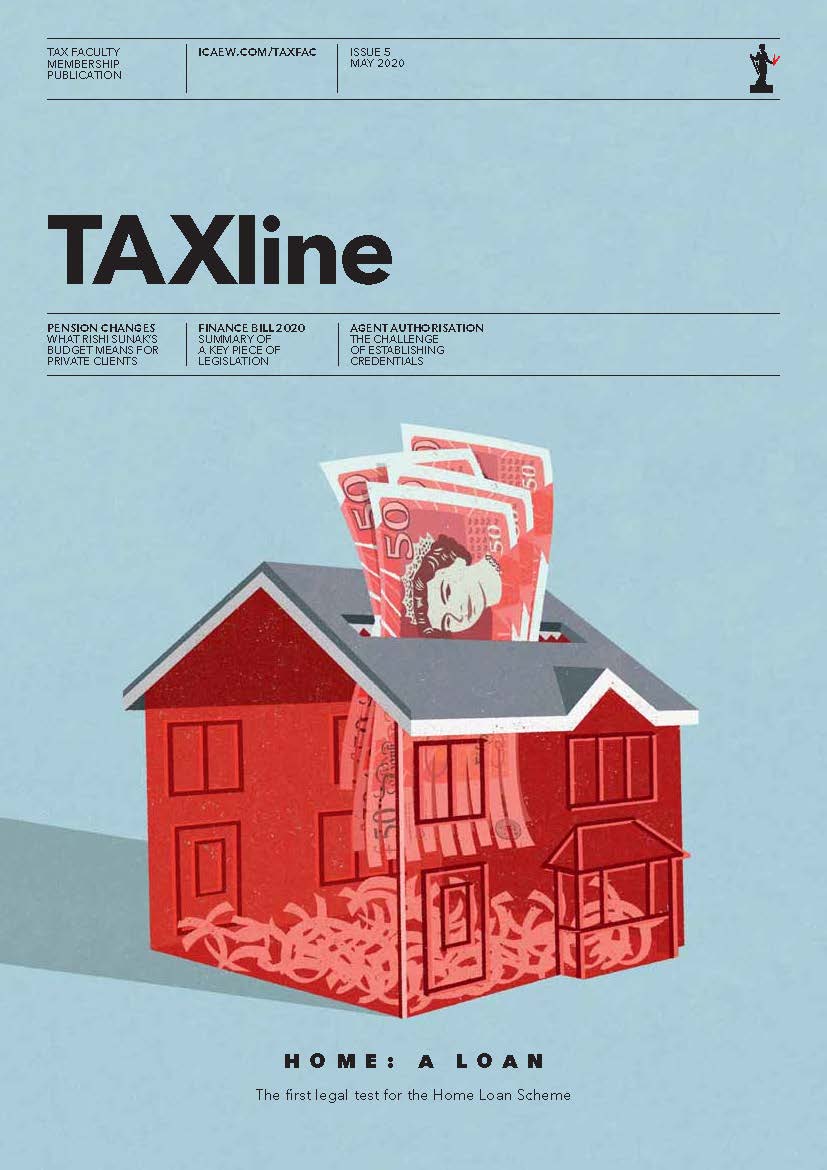Stamp duty land tax (SDLT) is charged on land transactions in England and Northern Ireland. HMRC’s consultation on reforming SDLT, issued on 30 November 2021, concerns two possible changes to the SDLT regime.
The first proposes changes to the way SDLT is calculated for purchases of mixed property (ie, purchases that consist of both residential and non-residential property). Currently, mixed-property purchases are taxable at non-residential rates.
The second change concerns options to reform multiple dwellings relief (MDR). MDR is currently available on the purchase of two or more dwellings and was introduced to promote the supply of private rented housing.
Why has HMRC proposed the changes?
Mixed property
When the SDLT rules were introduced, there was very little difference in the rates that applied for residential and non-residential property. Treating a mixed-property purchase as non-residential created no significant tax advantage.
Over time, there has been a greater divergence in the rates, and surcharges have been added (eg, the higher rates for additional dwellings (HRAD) and the non-UK resident surcharge). This has increased the incentive for purchasers to claim that a purchase consists of both residential and non-residential elements so that the entire purchase can benefit from the lower non-residential rates.
MDR
When HRAD was introduced, there was concern that purchases of a house with a separate annex could be subject to HRAD. As a result, the ‘subsidiary dwelling’ rule was introduced to prevent HRAD applying where the annex is less than a third of the value of the entire purchase. However, where the house and annex are separate dwellings, the SDLT rules allow claims to be made for MDR.
Reclaim opportunities
Reclaim agents often contact house buyers after their original SDLT return has been submitted, advising them of the possibility of either claiming that the purchase was a mixed-property transaction or that a claim for MDR can be made on a house and annex. While some claims are supported by the facts, HMRC is aware that in many cases the claim is unsubstantiated.
ICAEW’s response
ICAEW REP 18/22 argues that the consultation serves to highlight that the SDLT code has become increasingly complicated. Competing policy objectives have added new surcharges, altered rates, or added reliefs without taking an holistic review of the operation of the tax. The perceived mischiefs that the consultation seeks to address are legitimate ways that the rules currently operate. These have arguably arisen from rules being changed or added without considering the wider SDLT code.
There are many more situations where the SDLT rules operate in an unexpectedly unfair manner for certain taxpayers. If HMRC is seeking to fix unfairness in the system, these issues should also be reviewed. The implementation date for SDLT was 1 December 2003. As we approach the end of its second decade, ICAEW suggests that a fundamental review of the tax should be undertaken.
One of HMRC’s suggestions for reforming the mixed-property rules is to introduce an apportionment calculation. While ICAEW agrees that this would improve the fairness in the way the rules operate, it is concerned that the methodology suggested by HMRC in the consultation is unfair and should be revisited. This is because the calculation methods proposed by HMRC operate differently for purchases of multiple dwellings alongside non-residential property, compared to the purchase of a single dwelling together with non-residential property.
HMRC has suggested four possible options for reforming the MDR rules. ICAEW favours the option that would restrict MDR by introducing a subsidiary dwelling rule to align the MDR rules with the existing rule that applies to HRAD. The other options would either add significant complexity and uncertainty for purchasers or reinsert a barrier to small-scale investment in residential property.
Tax Faculty
This guidance is created by the Tax Faculty, recognised internationally as a leading authority and source of expertise on taxation. The Faculty is the voice of tax for ICAEW, responsible for all submissions to the tax authorities. Join the Faculty for expert guidance and support enabling you to provide the best advice on tax to your clients or business.
More support on tax
ICAEW's Tax Faculty provides technical guidance and practical support on tax practice and policy. You can sign up to the Tax Faculty's free enewsletter (TAXwire) which provides weekly updates on developments in tax.
Sign up for TAXwireJoin the Tax Faculty


